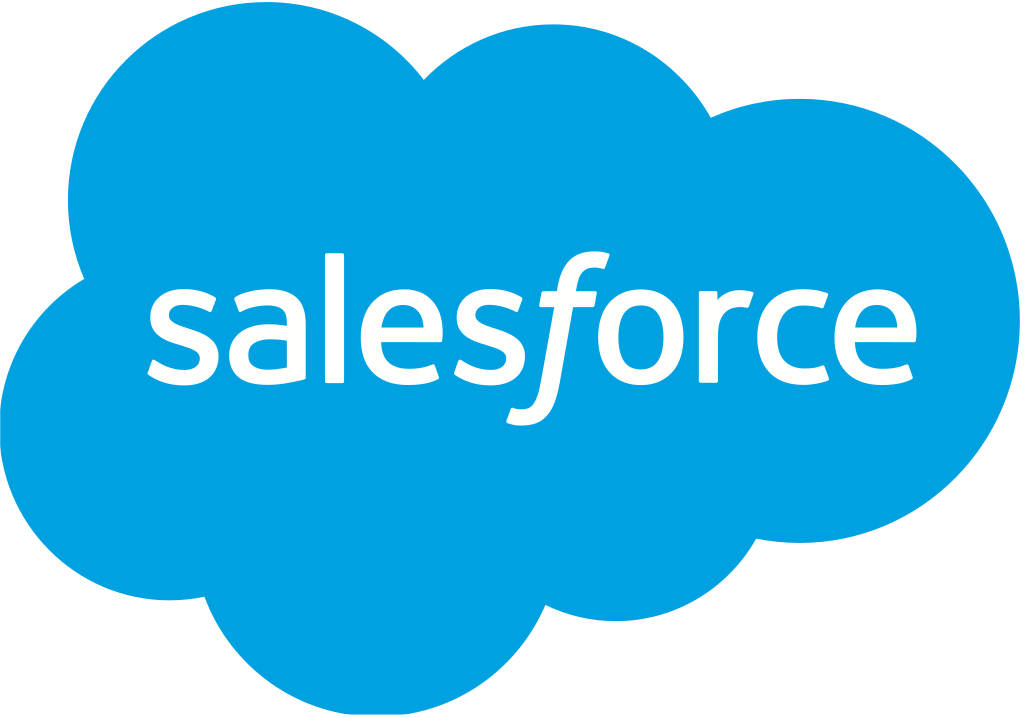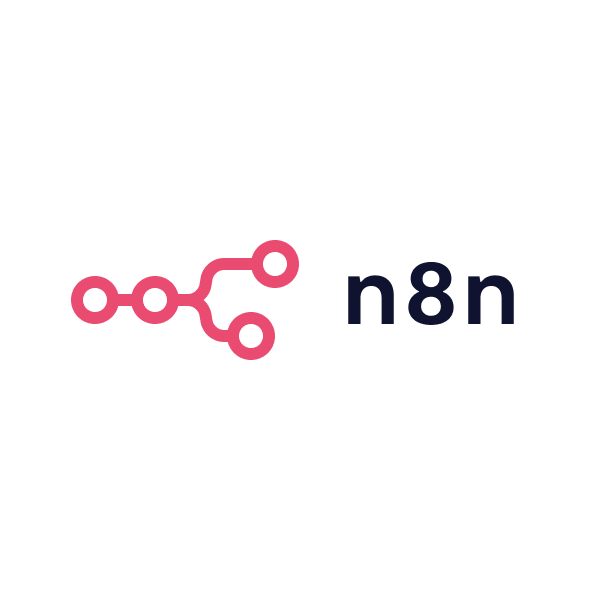Growing a B2B business often means spinning many plates at once: capturing leads, chasing proposals, sending nurture emails and booking sales calls. When those tasks sit in isolated apps, details slip and momentum stalls. Keap, formerly Infusionsoft, positions itself as an all-in-one growth engine that unifies CRM, automation and payments. This guide explains how the platform works, where it excels and where it falls short, so you can judge whether it matches your growth strategy.
Key features of Keap
CRM for contact and lead management
Keap’s contact view shows every email, form fill, call note and invoice against one record, giving a clean timeline of engagement. You can tag contacts by source, industry or behaviour then filter lists in seconds. The tagging model replaces rigid lists and makes micro-segmentation easy. Reporting remains basic: custom dashboards and multi-company hierarchies are absent, which matters for larger account-based teams. For small organisations that need clarity rather than depth, the trade-off favours speed.
Marketing automation and email campaigns
A visual canvas lets you drag triggers, timers and actions into sequences that run every hour without human input. Example: new webinar registrants receive a welcome email, two case studies and a prompt for a demo call, while the sales rep gets a task reminder. Pre-built “proven automations” shorten setup by supplying standard nurture flows. Advanced branching based on multiple conditions requires creative workarounds, so power users may feel constrained. The email editor covers essentials such as images and buttons but lacks in-depth design testing or dynamic content blocks.
Sales pipeline and deal management
Keap includes a Kanban board where opportunities move from new lead to won deal. Each stage can trigger emails, tasks or SMS nudges, ensuring follow-ups never rely on memory. Expected value, probability and forecast close date fields support simple revenue projections. Complex organisations that run several pipelines or need territory management will hit feature ceilings. For solo founders and two-person sales teams, the integrated board replaces external CRMs and keeps every prospect visible.
Appointment scheduling and calendar
A built-in scheduler lets prospects pick an open slot that syncs to Google Calendar and fires automated reminders. Removing back-and-forth emails improves conversion rates and reduces no-shows. Round-robin assignment or group events are not supported, so teams with many reps may still prefer Calendly or Chili Piper. For consultants booking one-to-one sessions, the embedded scheduler saves an extra monthly fee.
Quotes invoices and payments
Users can generate quotes, convert them into invoices and collect card payments through Stripe without leaving the platform. Automated reminders chase late payers and mark the invoice as settled inside the CRM. That loop, from lead to cash, is rare in marketing software at this price. The module is light on tax handling and multi-currency support, so exporters might couple Keap with full accounting software. Domestic service firms gain the most benefit.
Integrations and extensions
Keap connects natively to QuickBooks, Xero, Shopify, WooCommerce, Google Workspace and Outlook. A Zapier link opens thousands more endpoints, covering webinar tools and help-desk apps. The marketplace is smaller than HubSpot’s, yet most essential gaps can be bridged via webhooks. An open REST API enables bespoke connectors when needed. Certified Keap partners provide paid templates and custom builds for teams without internal development resources.
Onboarding support and learning curve
New licences include a mandatory one-off onboarding package from £395 that pairs you with a success manager over three to four calls. Many users credit this coaching with achieving usable automations within the first fortnight. Beyond setup, Keap offers 24-hour chat and daytime phone support across all plans, plus an online academy of tutorial videos. The interface shows its age, so expect a fortnight of exploration before workflows feel natural. Patience pays: after the initial hurdle most teams report dramatic time savings.
Pricing and packages
Keap Pro bundles every feature and scales primarily on contacts. The £195 monthly entry tier covers 1,500 contacts and two users, rising roughly £40 per month at each contact bracket. Additional user seats cost about £25 each. Keap Max adds advanced e-commerce and affiliate tools for an extra £60 monthly. When compared with separate licences for CRM, email, scheduler and invoice apps, Keap often breaks even or wins slightly on cost. Pure email senders or firms with tiny lists may find cheaper specialists more efficient.
Keap versus alternatives
Keap versus HubSpot
HubSpot offers polished UX, extensive integrations and deeper analytics. Its free CRM draws many startups, yet the automation features that rival Keap live behind Marketing Hub Professional at £660 monthly. Keap delivers core CRM, automation and payments for a third of that outlay, though HubSpot scales further once budgets allow. Choose HubSpot when enterprise reporting and a broad app marketplace are critical.
Keap versus ActiveCampaign
ActiveCampaign excels at sophisticated email sequences and list segmentation while charging less than Keap for equal contacts. Its built-in CRM feels lighter, and there is no native scheduling or invoicing. Teams that need tight sales control and payment links may favour Keap. Email purists chasing maximum deliverability and lower fees often prefer ActiveCampaign.
Keap versus other tools
Mailchimp targets basic newsletters and has bolted on simple CRM fields, but its automation depth is limited. Zoho offers inexpensive CRM modules, yet requires multiple separate apps to match Keap’s breadth. Ontraport competes closely on features, though its user community and support network are smaller. Each alternative trades breadth for either price or a particular strength.
Pros and cons summary
Pros
- All-in-one platform reduces tool sprawl and data silos.
- Built-in coaching and 24-hour support speed time to value.
- Automation across email, tasks and SMS saves manual effort.
- Pipeline, scheduler and payments tie revenue activities together.
Cons
- Entry price feels high for micro databases under 1,000 contacts.
- Interface and email builder lag behind newer SaaS rivals.
- Advanced reporting and multi-team permissions remain limited.
- Email deliverability can fluctuate when sharing IP pools.
Is Keap right for your business?
Keap fits founders, agencies and consultants that juggle sales calls, proposals and client billing yet lack bandwidth to stitch multiple apps. If your growth depends on consistent follow-ups and personal relationships, Keap automations act like a part-time assistant. Businesses focused solely on bulk marketing emails, or enterprises with layered sales hierarchies, may outgrow the feature set. The decision boils down to whether you will exploit CRM, scheduler and invoicing alongside email. If so, Keap offers tangible efficiency gains that outweigh its price; if not, a narrower tool may stretch budgets further.
Conclusion
Keap positions itself as a Swiss Army knife for small business growth, combining contact management, automation and payments inside one login. The platform demands an upfront learning investment and carries a premium starting fee, yet repays adopters by saving hours each week and preventing leads from leaking through cracks. Assess your workflow honestly: count the separate tools Keap could replace, weigh the value of unified data and forecast future scale. Where those factors align, Keap becomes a practical alternative to heavy enterprise suites or lighter email-only systems, driving revenue while keeping your tech stack refreshingly compact.

.png)







